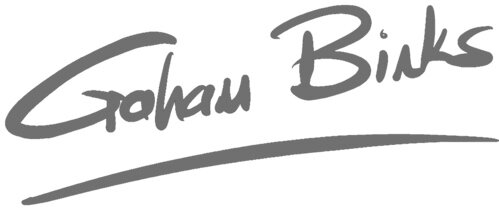Coaching Through Challenges
When pushing boundaries, leaders face new challenges every day. I’m proud to have helped many business and technology leaders succeed beyond their prior experience by coaching them through the challenges of technology creation and adoption. My C-suite leaders and key leader clients have overcome common challenges to:
Lead teams through effective change
Head up major initiatives
Effectively engage their customer in innovation
Develop Executive presence
Drive the adoption of new systems
Align business and technology strategies
Build a software business
Build a tech consulting business
Become a confident technology executive
Become a better coach and mentor
Measurable Results
In order to support leaders to achieve the highest level of performance, I have partnered with the Marshall Goldsmith Group and am a Marshall Goldsmith Certified Coach.
Marshall has been a pioneer Executive coach for over 40 years. Quite simply, he’s the best in the business. Over the course of hundreds of coaching engagements with successful leaders, Marshall developed the Marshall Goldsmith Stakeholder Centred Coaching process to be objective, measurable and extremely time efficient.
What’s more, SCC also works for teams that are looking to achieve great things together.
I was so impressed by his simple method that I’ve adopted it in my own coaching practice to great effect. The process is:
Select 2 or 3 areas for improvement with the help of key stakeholders.
Engage the same stakeholders to assess progress on a regular basis, including intermittent Mini Surveys and After Action Reviews.
Take action to create results.
The numbers are in—95% of leaders who follow the Stakeholder Centred Coaching Process with the help of a stakeholder centered coach improve their leadership.
Typical contexts for Team Coaching include:
A new team is being formed.
A project team has organization-critical goals and deadlines.
A team is facing significant and ongoing change beyond their previous experience.
Existing teams are exhibiting dysfunctional behavior—moderate or severe.
Two Highly Interdependent Teams are not working well together.
A high-functioning team wants to get even better.
Several individuals in the organization have similar
development needs and may benefit from working
together as a group.
You are looking for a cost- and time-efficient
way to provide coaching to several individuals.
For further reading, take a look at Marshall’s data and his partner Chris Coffey’s overview provides an explanation of the process, a sample Mini Survey and After Action Reviews and a great team case study.
For further information, reach out to me here graham@primefusion.ca


